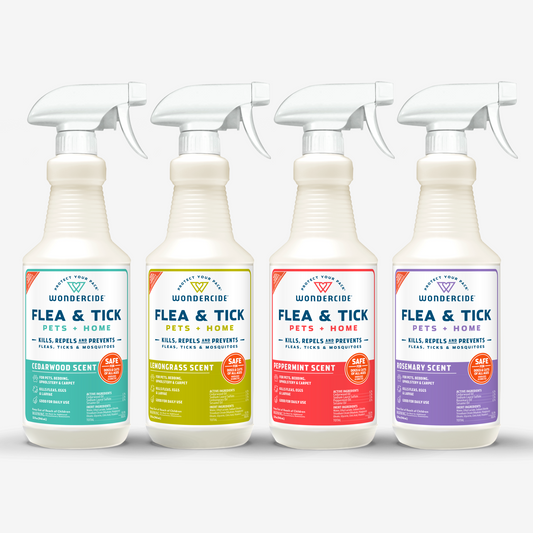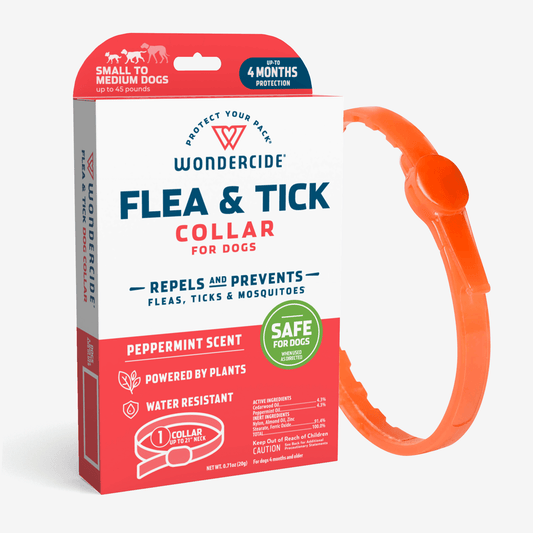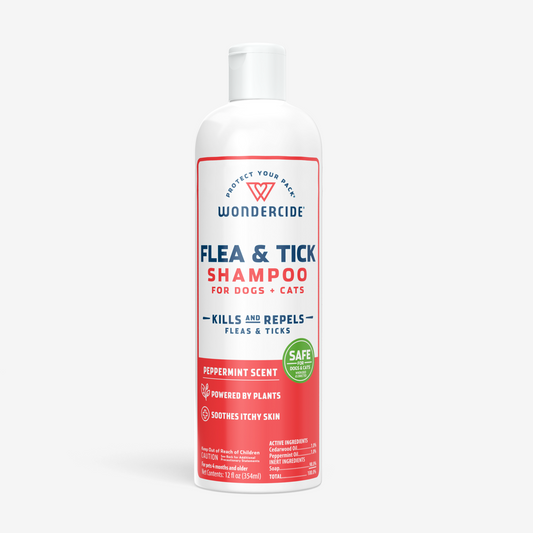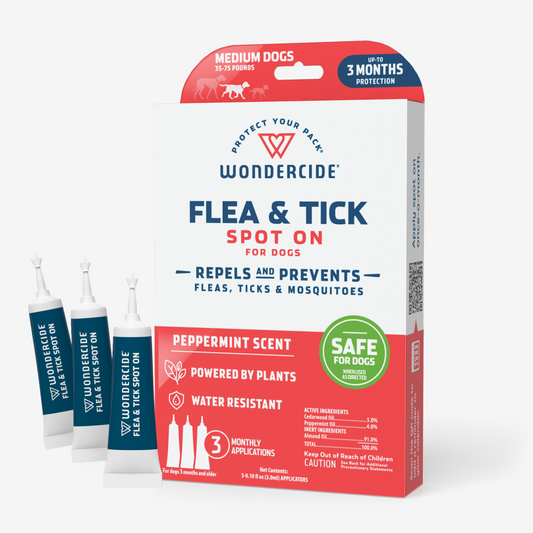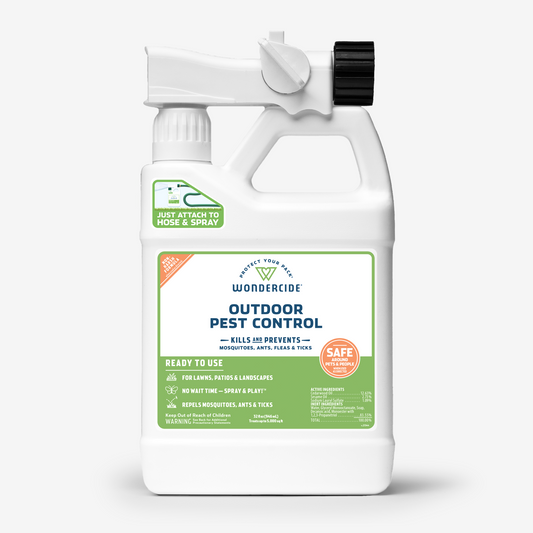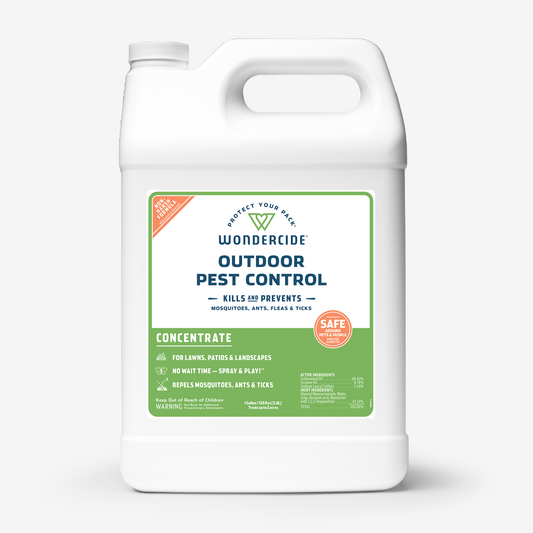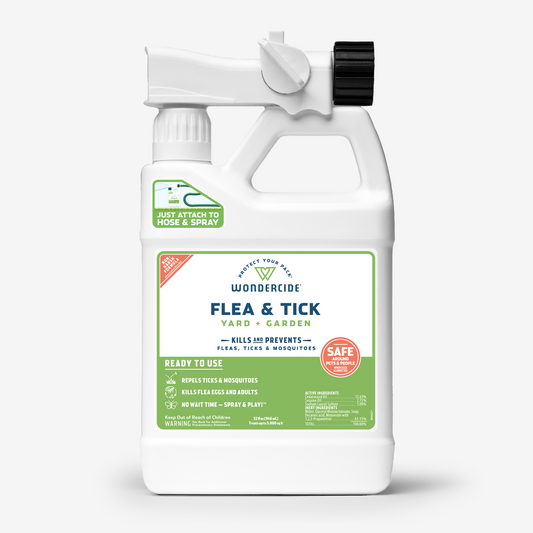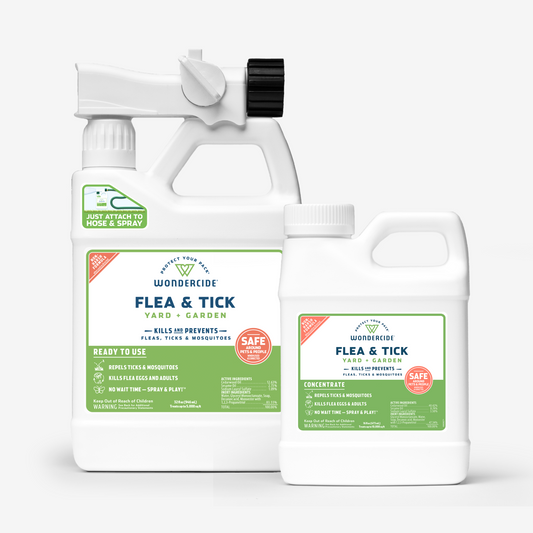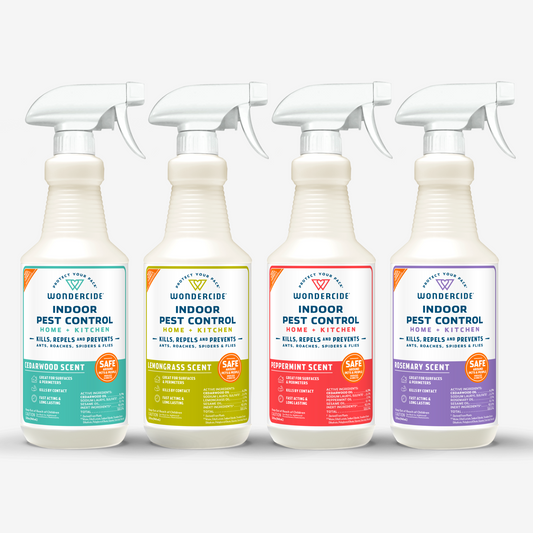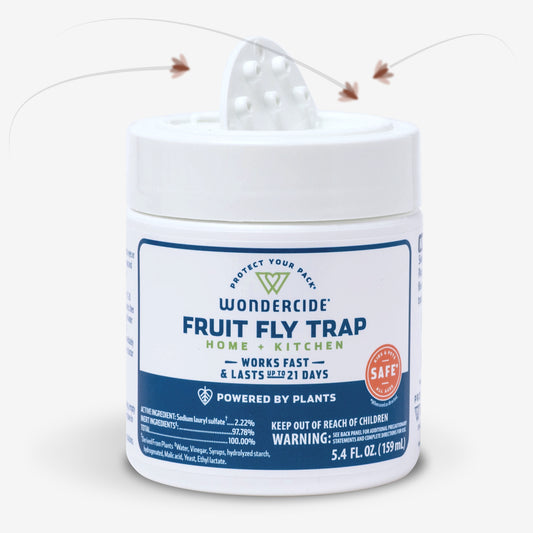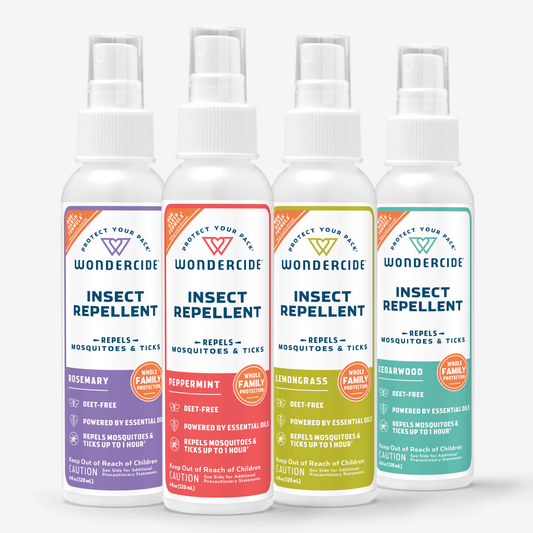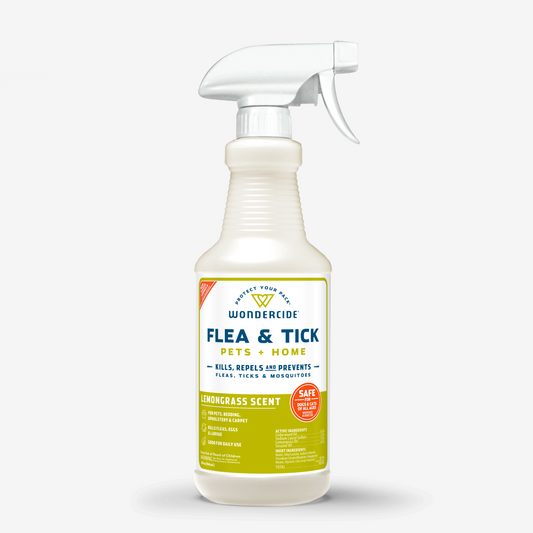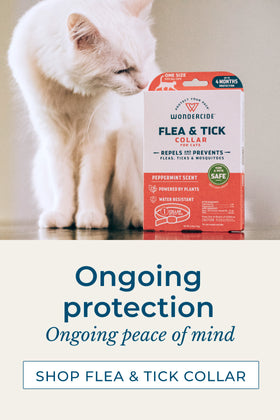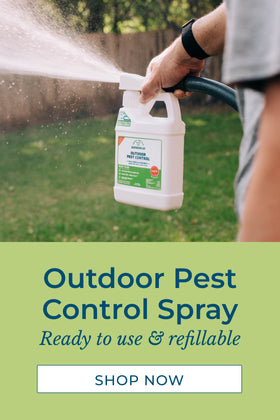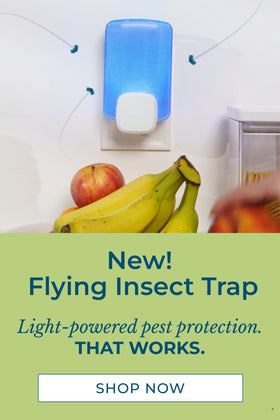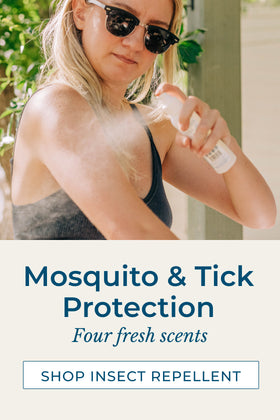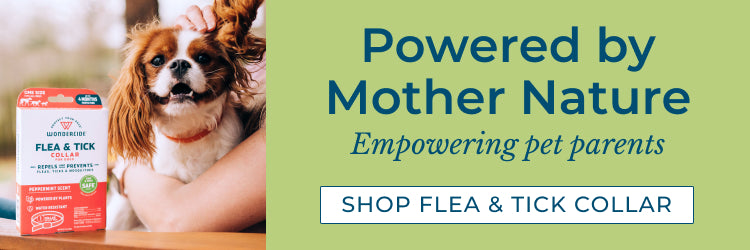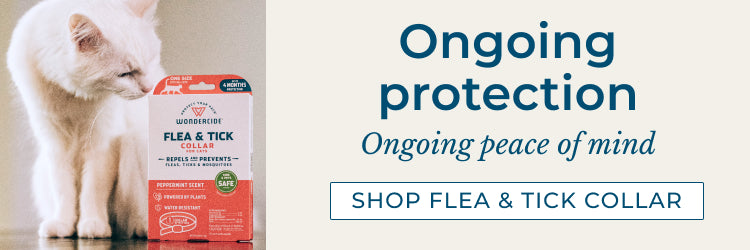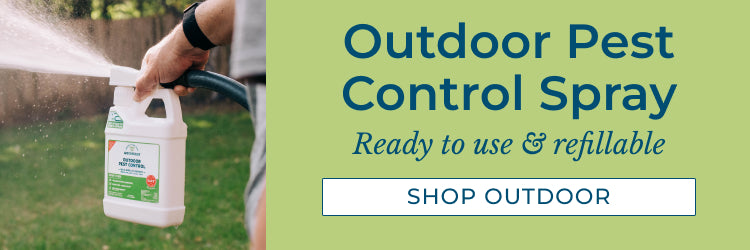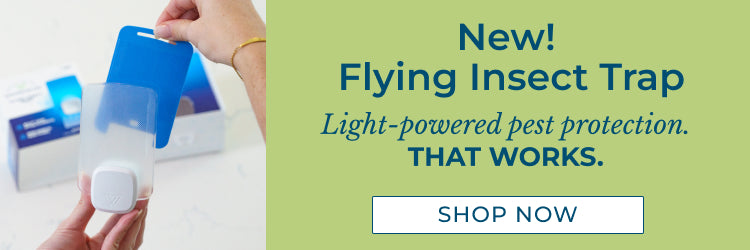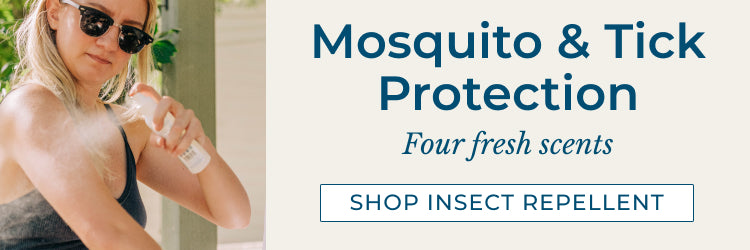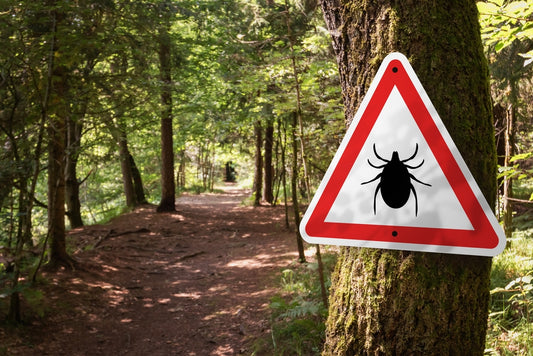If you’re looking into how to get rid of flying bugs in your house, chances are you’re dealing with a pest problem that you’re hoping to clear up quickly. But if you can’t identify the flying insects buzzing around your home, you may not be able to get rid of them efficiently. Plus, for many people, finding products that work and are also safe around the family when they’re used as directed can feel impossible.
Fortunately, there are plenty of resources out there for figuring out what kind of flying insects you’re dealing with, and Wondercide’s proven-to-work solutions are here to help you take care of your problem in a snap.
Identifying common types of small flying bugs in your house
Before you can start getting rid of flying bugs in your home, it’s helpful to identify the type you’re dealing with. There are many types of flying insects, including roaches (yes!) and mosquitos, that would like to make your home their home, but there are a few in particular that can be difficult to identify.
Gnats, fruit flies, drain flies, and clothes moths are some of the most common types of flying home pests that can be difficult to differentiate. So if you’ve noticed small flying bugs in your house but aren’t sure what they are, start whittling down the potential culprits by checking if any of the following seem familiar.
Gnats
What do gnats look like?

Most gnats are black and slender with long legs and long antennae. They come in various sizes, but not usually longer than 3.3mm.
How do gnats get into your house?
Gnats can make their way into your home through cracks in walls and foundations, via doors and windows, and even squeeze through the smallest of spaces.
Where do gnats live in your home?
Gnats love anywhere damp and dark with decomposing matter, including trash cans, near sinks, drains, and toilets, and on rotten fruit.
When are gnats most active?
Gnats are most active at dusk and dawn. They thrive during wet seasons, such as spring and winter.
Other characteristics of gnats:
Some gnats, like the fungus gnat, bite. Other types of gnats can and do bite and may carry infectious diseases.
Fruit flies
What do fruit flies look like?
Fruit flies are closely related to gnats but belong to a different insect order. They range from tan to black in color, have an oval shape, and they’re roughly 3-4mm long. Many (but not all) fruit flies have red eyes.

How do fruit flies get into your home?
Along with gnats, fruit flies are the most common small flying bugs that people encounter in their homes, and are most frequently carried into the house on top of fruits.
Where do fruit flies live in your home?
Fruit flies are — as the name implies — most commonly found flying around the fruit that’s been sitting out on your counter, particularly rotten fruit or overripe fruit. They eat the yeast and sugars produced by these fruits and lay their eggs in fruit skins. They are also fond of drains clogged by food materials and the fermenting sugars found in spilled alcohol.
When are fruit flies most active?
Fruit flies are most active on warm, sunny days. They are most common during late summer and fall.
Other characteristics of fruit flies:
Fruit flies may love fruits like apples, bananas, melons, squash, and tomatoes, but they also love vegetables like potatoes and onions, and fungi like mushrooms.
Check out Wondercide’s guide to How to Get Rid of Fruit Flies for detailed guidance on freeing your home of these pesky pests.
Drain flies
What do drain flies look like?

Drain flies — also known as sewage flies, filter flies, and moth flies — are light gray or tan, vary between 1.5mm to 5mm in length, and have long antennae. Their bodies and wings are covered in little hairs, which can make them easy to confuse with moths.
How do drain flies get into your home?
Unlike gnats and fruit flies, drain flies find their own way into your home instead of being brought in. They sniff out drains with an excess of organic material and then come in through windows, doors, or other, tinier holes in your home. They do not typically come into your living space through the drains themselves.
Where do drain flies live in your home?
You might have guessed this already, but drain flies congregate in drains, especially the garbage disposal. They lay their eggs in the gunk that lines clogged or greasy pipes and then feed on any collected sewage or decomposing organic matter.
When are drain flies most active?
Drain flies are most active at night. They are most active during the summer but can survive during the winter in a warm home.
Other characteristics of drain flies:
Drain flies can and do fly, but not very well. So, if you spot them flying, chances are you’re close to where they’re living and breeding. When moving longer distances, drain flies are more likely to hop or even walk.
Clothes moths
What do clothes moths look like?

There are two main types of clothes-eating moths, the casemaking clothes moth, and the webbing clothes moth. The casemaking clothes moth makes a silken case in which it lives during its larval stage; the webbing moth does not wear a “case” but leaves behind significant amounts of webbing where it has eaten.
In their adult forms, casemaking moths are gray-brown with dark spots. Webbing moths are golden-yellow and have a slight sheen. They are both roughly 15mm (about half an inch) long.

How do clothes moths get into your home?
Clothes most frequently hitch a ride into your closet via items purchased at thrift stores, secondhand shops, consignment stores, or garage sales. They particularly like to hide under shirt collars, cuffed sleeves, seams, and buttons.
Where do clothes moths live in your home?
Clothes moths are most commonly found in dark closets, but they will also happily congregate around and eat other fabric items, including carpets, upholstery, tapestries, stuffed animals, taxidermied animals, and even craft materials like yarn.
When are clothes moths most active?
Clothes moths are most active at night. Outdoors, they thrive in the springtime but can live year-round in a warm home.
Other characteristics of clothes moths:
It’s not actually the adult moths that eat clothing and carpets, etc., but their larvae. Their favorite food is animal fibers, such as cashmere, feathers, fur, felt, leather, silk, and (most notoriously) wool.
How can you get rid of flying bugs?
1. Target hotspots for some immediate relief
When most people first look into how to get rid of flying insects in their home, the first thing they want to do is get rid of the pests. This is a sensible strategy for providing some immediate relief, especially if you don’t have time to give a bug problem your full attention right away.

Wondercide’s Indoor Pest Control for Home + Kitchen Sprays are made with either Lemongrass, Peppermint, Cedarwood, or Rosemary essential oils and are proven to kill moths, flies, gnats, and many other home-invading pests. Indoor sprays can be used throughout the home on almost all surfaces when used as directed, just don’t spray plants directly.

Our Wondercide Fruit Fly Trap for Home and Kitchen is especially adept at trapping fruit flies. Simply shake, twist off the cap, remove the seal, replace the cap and press to open. It works optimally for up to 21 days–and with our subscribe and save options, you can truly “set it and forget it” until your next shipment arrives!
Wondercide also offers products that tackle other, easier-to-identify flying insects, like our Ant and Roach spray and Wasp and Hornet spray for home and kitchen, as well as our Mosquito and Fly spray for indoors and outdoors.
After you’ve taken care of the pests in the short term, it’s best to be proactive and tackle the root causes of your insect problems as described below. Then spot treatments will be even more effective and you’ll significantly reduce your chances of having to hire a professional pest control company.
2. Identify how the bugs are getting into your home and adjust behavior when possible
Keeping your living space tidy and clean can help cut down on the incidence of bugs, but you do not have to have a dirty apartment or house to have a sudden influx of flying critters — or any kind of bug, for that matter. If you’re constantly cleaning but still struggling with pests, you’re probably wondering, “Why do I get flying bugs in my house?”
Bugs look for food, water, and shelter just like any other creature, and certain aspects of any home are always going to be appealing to insects. The following are favorite bug points of entry:
When you’re regularly dealing with flying bugs in your home but aren’t sure how they’re getting in, start by checking the above areas. If possible, leave the space in question undisturbed for an hour or two before looking so that you’re more likely to catch them congregating.
Once you discover the point of entry, you can treat or seal these areas or take steps to change behaviors that encourage bugs. It’s not always possible to completely eradicate bug highways in your home, but even if that’s the case, you still have options.
3. Get rid of their food sources and breeding grounds
Once you’ve identified your pest and where they’re living, the next step in how to get rid of flying bugs in your house is to take away their source of food as well as where they breed. These are often the same thing.
There are a few steps you can take to reduce how attractive your home is to bugs:
Keep in mind that the source of food/breeding ground is going to be highly dependent on the type of bug you’re dealing with. If you’re dealing with clothes moths, for example, you don’t need to wage an all-out cleaning war on your drains!
Get rid of flying bugs in your home with Wondercide
Once you know how to get rid of flying bugs in your home, you have the tools to make your home a haven away from airborne annoyances. Wondercide is here to help make that goal a reality with lab-tested, plant-powered products that are safe for pets, families, homes, and yards when used as directed.
Simply order online or use our store locator to find where to buy Wondercide to get started today! Then sit back and relax — without having to immediately swat critters away from your face!
If you’re new to Wondercide, learn more about why using plant-powered ingredients is a key focus and why protecting packs of every kind, everywhere is the focus, by checking out ingredients and reading about the company mission.
More Pest Info from Wondercide:

